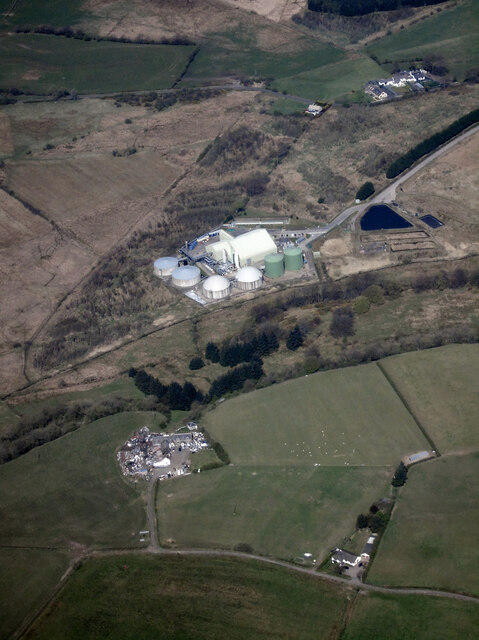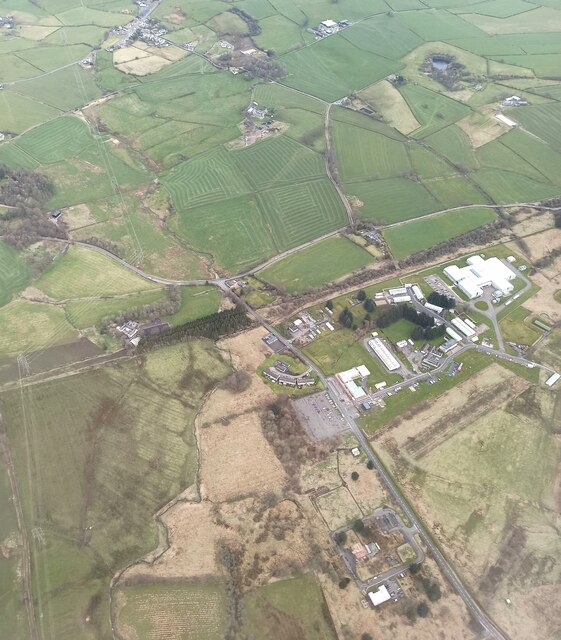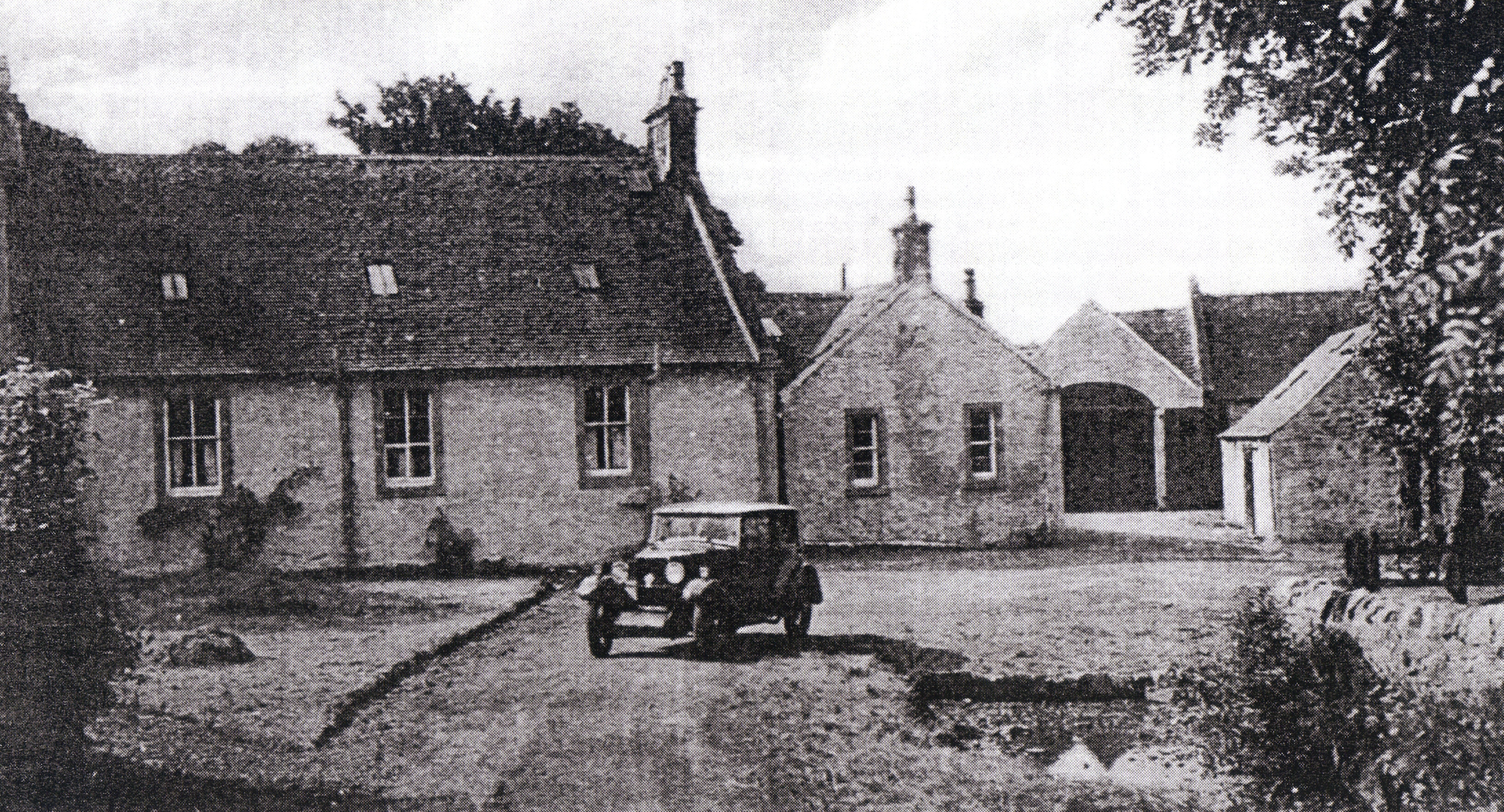Bankhead Moss
Downs, Moorland in Ayrshire
Scotland
Bankhead Moss

Bankhead Moss is a vast expanse of downs and moorland located in Ayrshire, Scotland. Spanning approximately 500 acres, it is a prominent feature of the local landscape. The moss is situated in the southern part of the region, near the village of Bankhead.
The terrain of Bankhead Moss consists mainly of gently rolling hills covered in heather, grasses, and moss. The area is characterized by its wet and boggy conditions, with numerous small streams and pools interspersed throughout. These wetlands provide a habitat for a diverse range of flora and fauna, including various species of birds, insects, and plant life.
The moss is a designated Site of Special Scientific Interest (SSSI) due to its ecological importance. It serves as a vital breeding and feeding ground for several rare bird species, such as the curlew and lapwing. Additionally, the moss supports a variety of plant species, including sphagnum moss and cotton grass, which thrive in the moist conditions.
Bankhead Moss is a popular destination for nature enthusiasts and birdwatchers. Its tranquil and unspoiled surroundings offer a peaceful retreat for those seeking a break from urban life. The moss also provides opportunities for outdoor activities such as walking, hiking, and photography.
In summary, Bankhead Moss is a significant downs and moorland area in Ayrshire, Scotland. Its wet and boggy conditions, diverse flora and fauna, and status as an SSSI make it a valuable natural asset in the region.
If you have any feedback on the listing, please let us know in the comments section below.
Bankhead Moss Images
Images are sourced within 2km of 55.72062/-4.6312898 or Grid Reference NS3450. Thanks to Geograph Open Source API. All images are credited.




Bankhead Moss is located at Grid Ref: NS3450 (Lat: 55.72062, Lng: -4.6312898)
Unitary Authority: North Ayrshire
Police Authority: Ayrshire
What 3 Words
///twin.sharpens.trophy. Near Beith, North Ayrshire
Nearby Locations
Related Wikis
Giffen railway station
Giffen railway station was a railway station approximately one mile south-west of the village of Barrmill, North Ayrshire, Scotland. The station was part...
Lands of Bogston
Bogston or later Bogstone was a small estate in the old Barony of Giffen near Barrmill in the Parish of Beith, North Ayrshire, once held by collateral...
Brackenhills railway station
Brackenhills railway station was a railway station approximately one mile south-west of the town of Beith, close to Barkip, North Ayrshire, Scotland, part...
Nettlehirst
Nettlehirst or Nettlehurst was a small mansion house (NS365504) and estate in the Parish of Beith, near Barrmill in North Ayrshire, Scotland. The house...
Barrmill, North Ayrshire
Barrmill is a small village in North Ayrshire, Scotland about 1+1⁄2 miles (2.5 kilometres) east of Beith on the road to Burnhouse and Lugton. Locally it...
Barrmill railway station
Barrmill railway station was a railway station serving the village of Barrmill, North Ayrshire, Scotland. The station was originally part of the Glasgow...
Auchenmade railway station
Auchenmade railway station was a railway station approximately three miles (4.8 km) north-east of Kilwinning on the B707, North Ayrshire, Scotland. It...
Barkip
Barkip, also known as The Den, is a hamlet in North Ayrshire, Scotland about three miles (five kilometres) southwest of Beith on the A737 road to Dalry...
Nearby Amenities
Located within 500m of 55.72062,-4.6312898Have you been to Bankhead Moss?
Leave your review of Bankhead Moss below (or comments, questions and feedback).

















